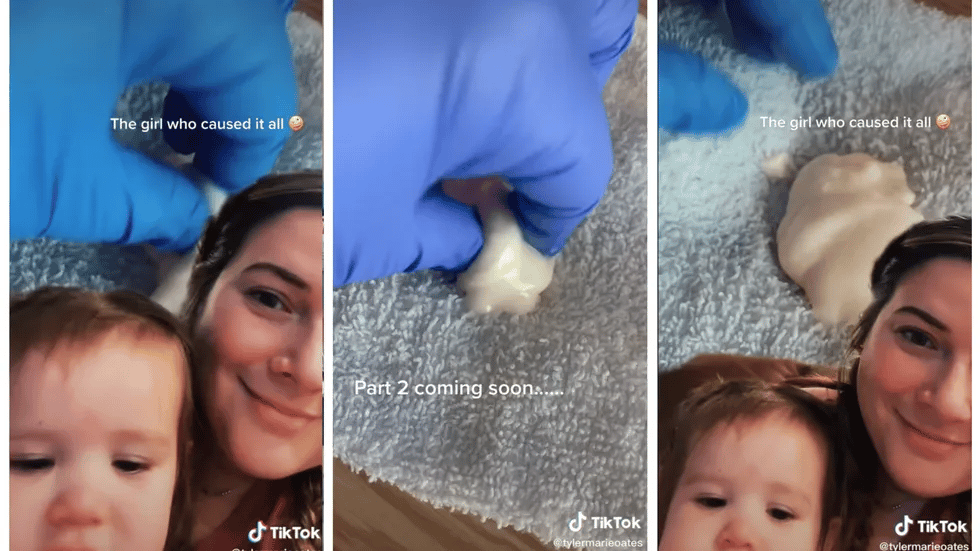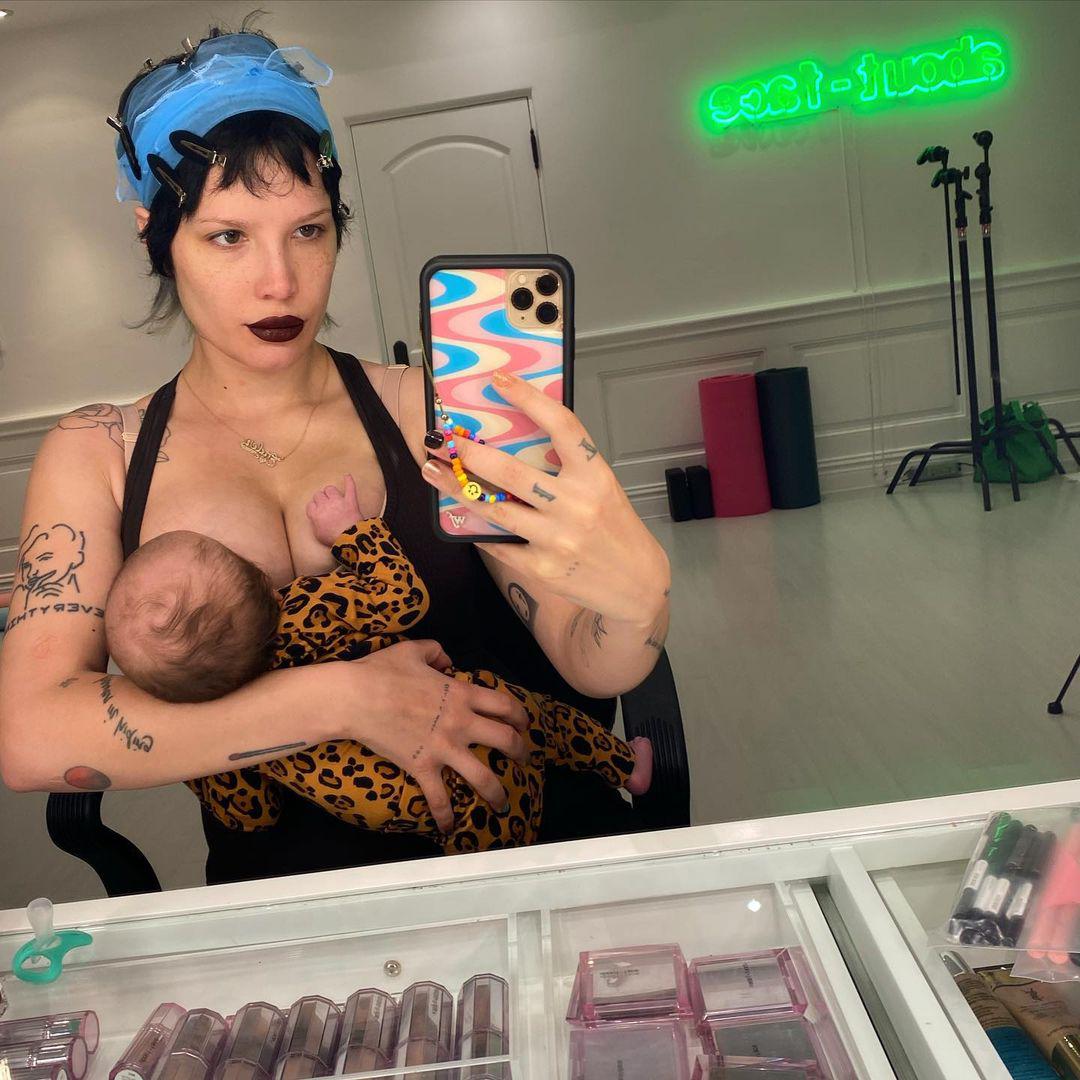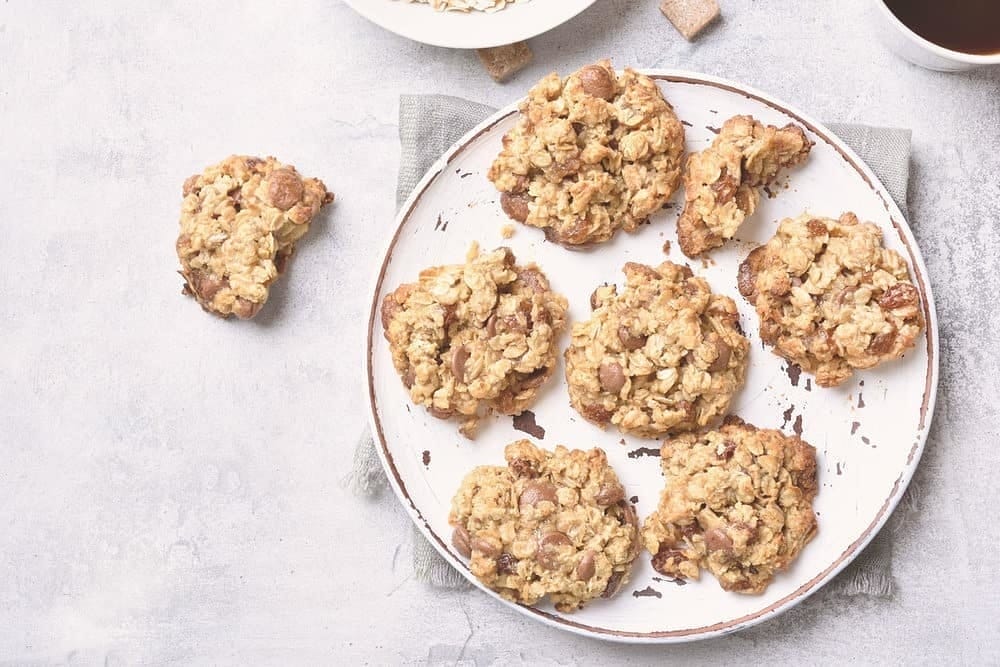When breastfeeding hurts: 7 possible causes and solutions, mama

From raw nipples to a bacterial infection, here are some reasons why you may be experiencing pain during breastfeeding and tips to help reduce pain.
Table of Contents
- From raw nipples to a bacterial infection, here are some reasons why you may be experiencing pain during breastfeeding and tips to help reduce pain.
- Raw or chapped nipples
- Latch issues
- Lip and tongue ties
- Oversupply
- Plugged or clogged duct
- Thrush (candida or yeast infection)
- Mastitis
- Here are some of our favorite items that can make breastfeeding easier and more comfortable:
- Hatch nipple + lip rescue balm
- Premama postnatal vitamin and lactation drink mix bundle
- Willow 2-pack reusable milk containers
- Double electric breast pump
- Nursing sports bra
From raw nipples to a bacterial infection, here are some reasons why you may be experiencing pain during breastfeeding and tips to help reduce pain.
Raw or chapped nipples
Especially for new mamas, a very sensitive part of your body (hello, nipples) is suddenly being tugged, rubbed and sucked for hours every day. It is bound to be at least a bit raw and uncomfortable. It cannot be overstated that if you are worried, seek support. But if all checks out, and all you need is a period of adjustment, here are some tips to make breastfeeding more comfortable.- If you suspect that your nipples are just adjusting and need a little TLC, try expressing and rubbing a bit of breast milk into them, as breast milk has healing properties (I know, right?). Scientists have discovered that many of the key properties of breastmilk (growth factor, stem cells and probiotic bacteria) can have medicinal uses beyond feeding the baby. Healing your nipple might be one of them!
- Expose your breasts to air. Try for a few 20-minute sessions per day (though more definitely won’t hurt).
- Use a baby-safe nipple ointment between feedings.
Latch issues
Painful latch issues can stem from several areas, so seeking the aid of a lactation consultant early is usually the best thing to do, when possible. If it hurts when your baby latches, if your baby seems stressed at the breast, if your nipples are cracked or bleeding, or if your baby can’t seem to maintain a latch, something might be up—and a lactation consultant can help you discover what the issue is. It could be anything from needing to tweak your positioning a bit, to a structural issue with your breast (for example, flat or inverted nipples), to a structural issue with your baby’s mouth (like a tongue or lip tie). If you’re experiencing pain during breastfeeding, try out these breastfeeding positions :- Laid back: You lie back or recline at a 45-degree angle, the baby lies on you belly-to-belly, bobs their head until they find your nipple, latches and eats.
- Cradle: The baby lies in your arm across your abdomen. Their head is supported by your arm that’s on the same side as the breast they are nursing from.
- Cross-cradle: The baby lies in your arm, across your abdomen. You support their body with the opposite arm from the breast they are nursing on.
- Football: The baby is at your side with their head toward your front and their legs pointing toward your back. They nurse on the side they are being held on.
- Side-lying: You lie on your side with the baby also lying on their side, facing you. They nurse from the breast that’s on the side you’re lying on.
Lip and tongue ties
Another possible cause of pain during breastfeeding: Sometimes a baby’s mouth structure can make it difficult for them to get a proper latch, resulting from a too-tight frenulum (the membrane that connects the tongue to the bottom of the mouth or the one that connects the upper lip to the upper gum). These are called tongue ties and lip ties , and they can cause discomfort or pain while breastfeeding when the baby can’t latch properly. You may notice these visually, or you may find out your baby has a tie because they are having issues latching. It is actually quite common and rather easy to fix. An otolaryngologist (ear, nose, and throat doctor) can do an in-office procedure to release the tie, either using a laser or a scissor snip. (This is sometimes done in the hospital before discharge if you have a hospital birth.) Tongue and lip ties are not always a problem. However, If you do need to get it fixed, don’t worry. The process is usually well-tolerated and works wonders on fixing a latch problem. Most insurance plans will cover this procedure, but you may need to get a referral.Oversupply
While it may seem like producing too much breast milk is a good thing, women who experience it know it can be very difficult to deal with. Symptoms of oversupply often include:- breasts that are always full or engorged
- a baby who is unhappy at the breast—fussy, gagging or spitting up frequently
Plugged or clogged duct
Sometimes milk can get obstructed in one of the ducts (the highways that transport the milk from the lobes to the nipple). When this happens, it is usually on one side and can cause a painful, hard, warm and red lump. Here are some tips for unclogging a duct:- Try taking a warm shower or applying a warm compress and massaging it.
- Nurse your baby—a lot. It may take some acrobatics, but we have seen success when women position the baby so that their chin is pointing toward the clog, since that is where they are most efficient at removing milk.
- Try “the dangle.” Place the baby flat on their back on the floor and then position yourself on all fours over them, dangling the breast with the clog for them to nurse from.
- If these tricks don’t work, call a lactation consultant or your provider.
Thrush (candida or yeast infection)
Thrush is a common condition that can cause breastfeeding to hurt, and it can develop in your breasts, in the baby’s mouth, or both. Babies naturally get a white tongue when they breastfeed. If you can scrape the white off with your fingernail, it’s likely milk, but if you can’t, it could be thrush. The baby may also develop a bumpy diaper rash. You might know that you have thrush if your nipples burn, or when the baby latches, you get a sharp, shooting pain in your breast. Thrush is usually treated with an antifungal medication for you (often a cream for your nipples) and the baby (often a gel that is applied in their mouth). Make sure you and your baby are tested and treated for thrush because it is easily spread. It thrives in warm, moist areas (like your baby’s mouth).Mastitis
If bacteria enter the breast where there is unmoving milk, an infection called mastitis can occur—and mama, it hurts. In addition to the symptoms of a clogged duct, you will usually feel sick, much like you have the flu, with chills, body aches and a fever. These symptoms warrant an immediate call to your provider (yes, even at 2:00 a.m.). They can sometimes even diagnose you over the phone. Mastitis is treated using oral antibiotics, and it is almost always safe to continue breastfeeding (your provider will guide you here). It’s actually the best thing to do, as it will help prevent the condition from worsening. Here are some mastitis prevention tips:- Fully drain the milk from your breasts while breastfeeding.
- Allow your baby to completely empty one breast before switching to the other breast during feeding.
- Change the position you use to breastfeed from one feeding to the next.
- Make sure your baby latches on properly during feedings.
- If you smoke, ask your doctor about smoking cessation.
Here are some of our favorite items that can make breastfeeding easier and more comfortable:
Hatch nipple + lip rescue balm
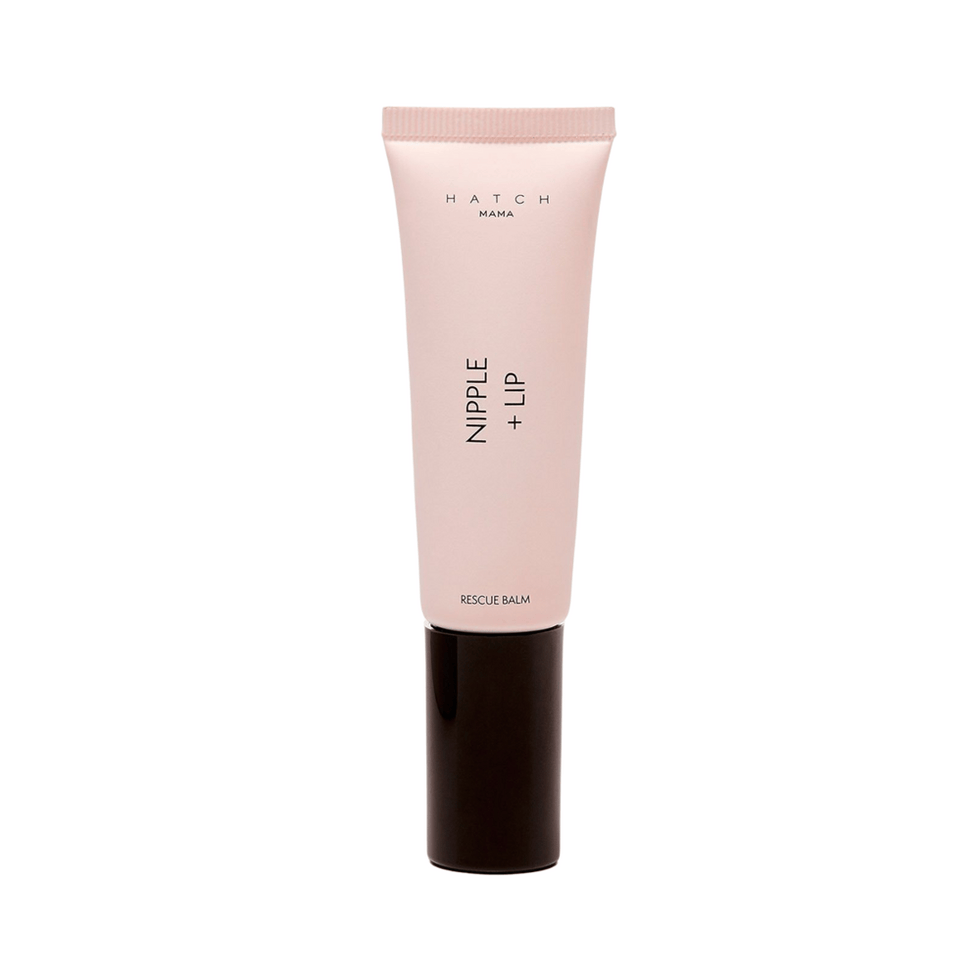 This soothing wonder is a mama must-have. A calming and fragrance-free blend of tropical butters and superfruits —nothing more, nothing less— it works in harmony to address an array of skin issues.
This soothing wonder is a mama must-have. A calming and fragrance-free blend of tropical butters and superfruits —nothing more, nothing less— it works in harmony to address an array of skin issues.
Premama postnatal vitamin and lactation drink mix bundle
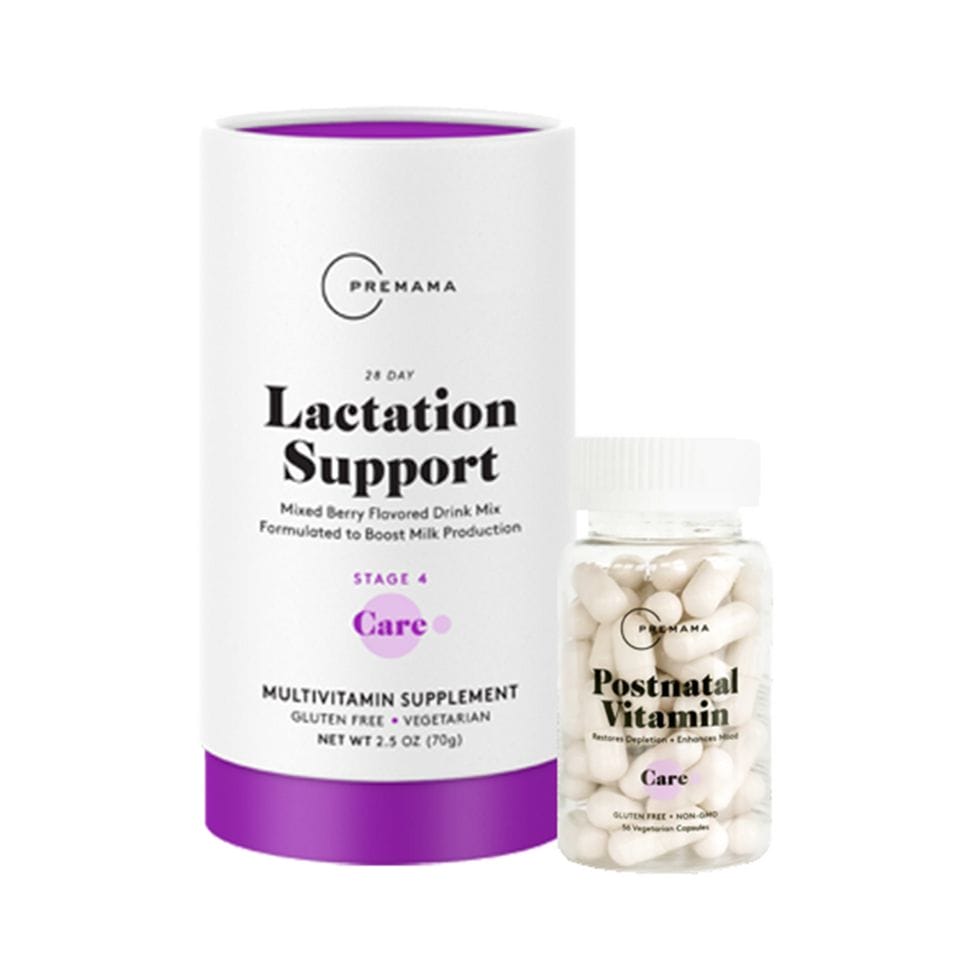 Your one-stop-shop for optimal post-natal support. This multivitamin supplement bundle nourishes the body as a whole, promoting lactation while also easing postpartum depression. Take care, mama.
Your one-stop-shop for optimal post-natal support. This multivitamin supplement bundle nourishes the body as a whole, promoting lactation while also easing postpartum depression. Take care, mama.
Willow 2-pack reusable milk containers
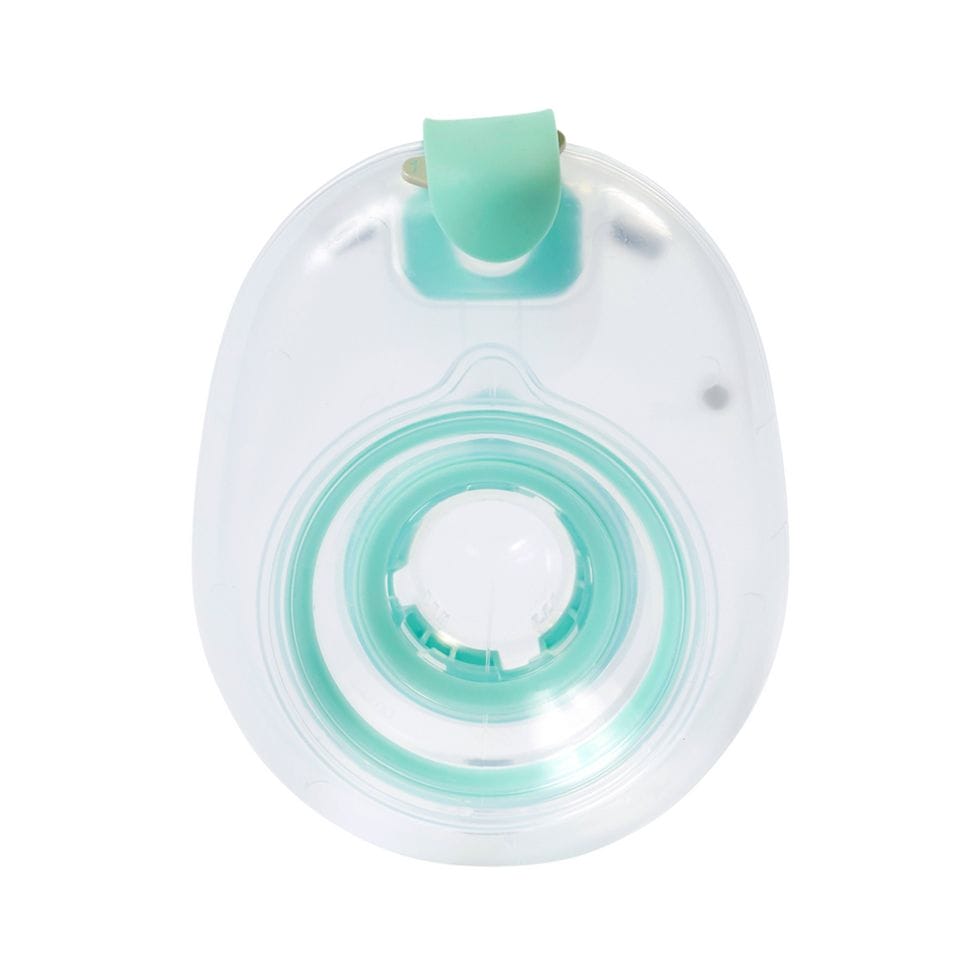 Perfect for the recycling mama! These reusable breastmilk containers make the pump-and-go process one thousand times easier. Not to mention, they’re dishwasher safe. Pump, pour, and proceed with the day.
Perfect for the recycling mama! These reusable breastmilk containers make the pump-and-go process one thousand times easier. Not to mention, they’re dishwasher safe. Pump, pour, and proceed with the day.
Double electric breast pump
 Sleek on the outside and high-powered on the inside, the Luna pumps more milk in less time and is easy to use, with a quiet motor that won’t wake the baby. The massage and expression modes provide full control and maximum comfort.
Sleek on the outside and high-powered on the inside, the Luna pumps more milk in less time and is easy to use, with a quiet motor that won’t wake the baby. The massage and expression modes provide full control and maximum comfort.
Nursing sports bra
 This thoughtfully-designed nursing sports bra offers wide and supportive straps, moisture-wicking fabric, double-layer support and a nursing flap clasp that you can work with one hand.
This thoughtfully-designed nursing sports bra offers wide and supportive straps, moisture-wicking fabric, double-layer support and a nursing flap clasp that you can work with one hand.









